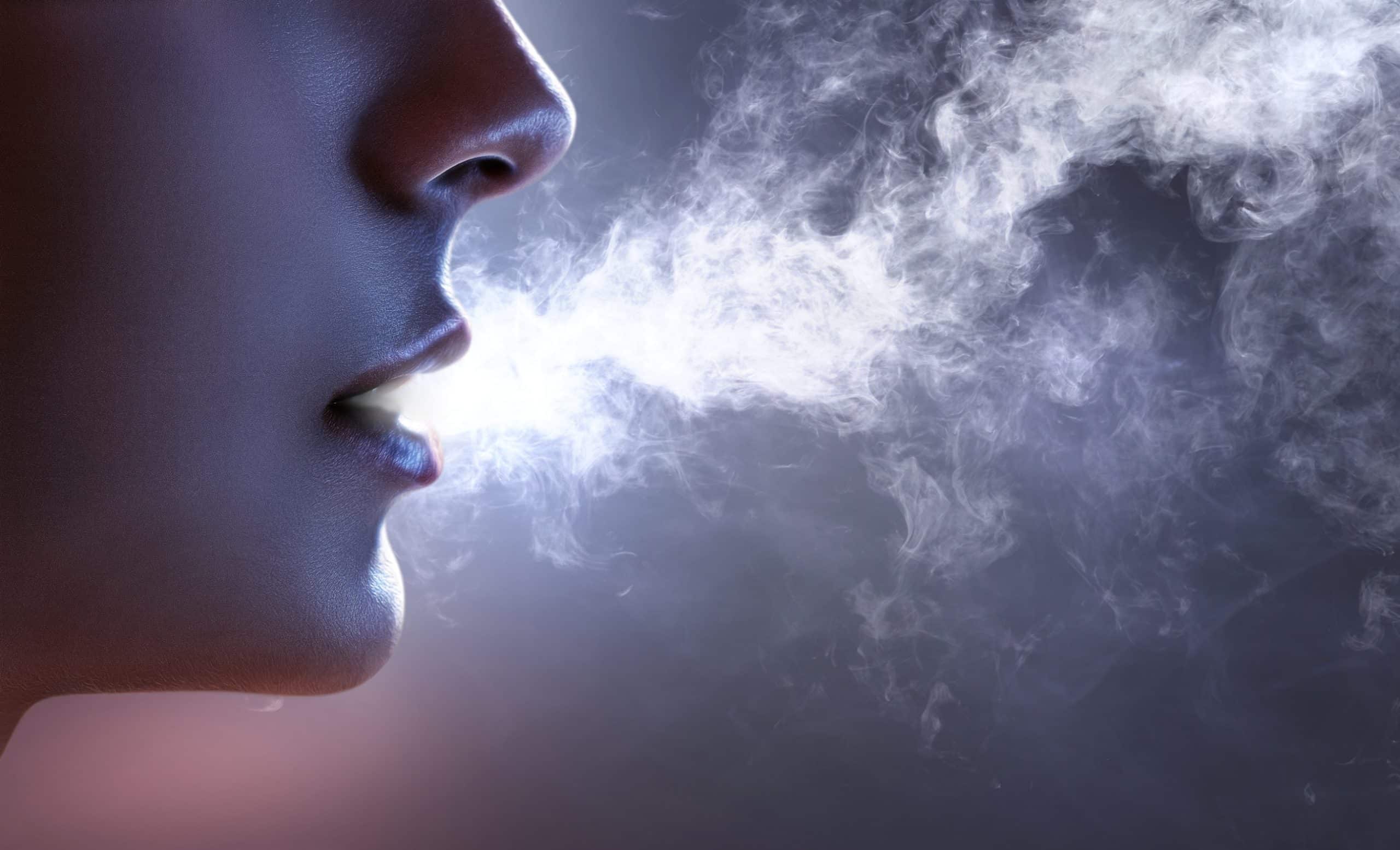By Sean Zucker –
The American Lung Association (ALA) recently dropped some encouraging news about lung cancer in America. Its annual State of Lung Cancer report revealed U.S. lung cancer survival rate rose by 21 percent over five years to 2022. Unfortunately, the discouraging news associated with the disease is that it remains the leading cause of death in the U.S. and treatment and prevention strategies still face significant obstacles.
The five-year increase in survival rates is undoubtedly encouraging, especially since lung cancer has historically maintained one of the lowest survival rates among all cancers.
“A 21-percent increase in five-year survival is good. I don’t think there are too many other groups that have seen that level of improvement,” Dr. Jeffrey Crawford, a medical oncologist with Duke Health, explained to CNN.
There appear to be two main reasons for the positive pattern. First, tobacco use has massively declined over the past 15 years. The Centers for Disease Control and Prevention (CDC) notes that cigarette smoking remains the leading cause of preventable disease, disability and death in the United States. But smoking is significantly less prevalent than it was a decade and a half ago. Despite still accounting for about one in five deaths, the CDC reports that in 2020 only 12.5 percent of the American population smoked cigarettes which was down from nearly 21 percent in 2005.
Beyond the decline in smoking, The American Cancer Society adds that advances in early detection and treatment have also made an impact. Additionally, the organization points to growing awareness of the disease over the last two decades has helped to decrease its prevalence.
Lung cancer’s stranglehold on America nevertheless remains in place. Its grip is especially deadly for people of color at a much higher rate. For these communities, the odds of surviving five years after diagnosis are merely 20 percent, the ALA reports. This means that four out of five of these individuals diagnosed with lung cancer will have less than five years to live.
The ALA attributes the survival disparity to inequality in early detection. It reports that Black and Latino communities are 15 percent less likely to be diagnosed with lung cancer early in comparison to White people, while Asian Americans are 16 percent less likely to be diagnosed early.
Ultimately, early detection is one of, if not the best, ways of beating lung cancer. The ALA reports that roughly 44 percent of cases are not caught until a late stage when the survival rate is only about 7 percent. The lack of access to proper medical insurance likely contributes to early detection failures, Crawford speculated.
“It’s disappointing that the advances we are seeing are not due to massive success in screening for lung cancer which we should be doing. We’re still only screening a minority of patients,” he said.
The improving situation is still something to celebrate, however, the disease still suffers from an image problem that undermines treatment, Crawford warned.
“We’ve failed to get the primary care docs to change their attitudes about lung cancer because for decades I think there’s been a kind of pessimism about lung cancer. They say it’s a smoker’s disease and the outcomes are poor or they think patients won’t be healthy enough to get surgery so there’s no need to screen,” he said. “There are all sorts of misconceptions that just really aren’t true anymore, but I don’t think we’ve really gotten that message through.”












